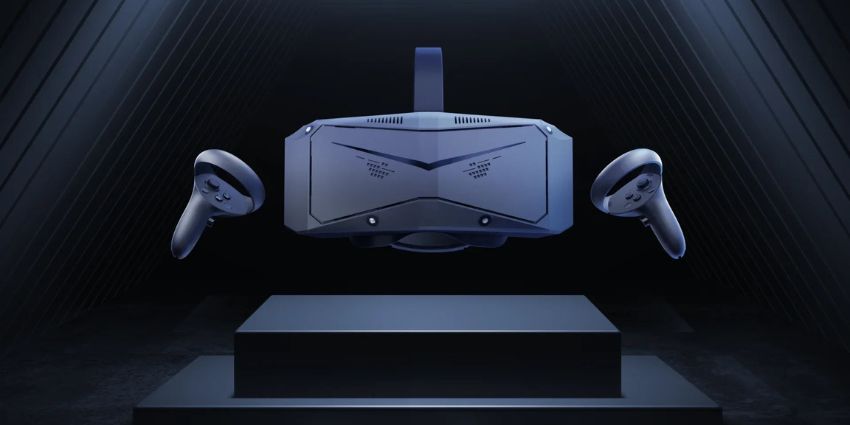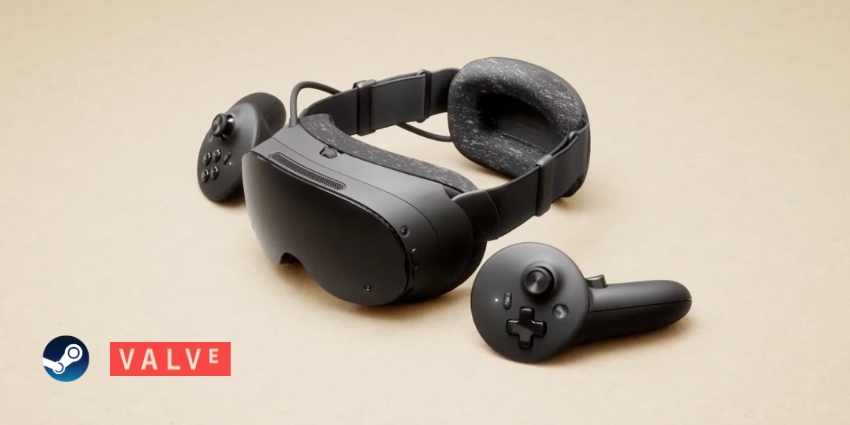The Pimax Crystal Super, available for pre-order today, represents the next stage in the leading extended reality vendor’s journey towards state-of-the-art headsets. Pimax has already earned an excellent reputation in the VR market, thanks to its commitment to developing headsets with greater visual fidelity than its competitors.
The Pimax Crystal, for instance, delivers one of the most advanced display experiences on the market, offering an impressive 2880 x 2880 pixels per eye resolution and a 140-degree diagonal field of view.
The Crystal Super, announced at the same time as Pimax’s more affordable headset (the Pimax Crystal Light), builds on the functionality of the original Crystal headset. Here’s everything you need to know about this exciting new release from Pimax.
What is the Pimax Crystal Super?
The Pimax Crystal Super is the latest high-end headset in the company’s “Crystal” portfolio, announced in 2024, alongside the Pimax Crystal Light. The Crystal Light aims to make the popular Crystal headset more affordable by removing certain components, like a built-in battery and Snapdragon processing chip.
Alternatively, the Crystal Super adds extra features to the Pimax Crystal, such as built-in eye tracking, automatic interpupillary distance (IPD) adjustment, and the option to swap between different display modules. It boasts a total pixel count of 29.5 million—almost double the Crystal’s 16.6 million pixels. Plus, it enables access to a wider field of view.
The biggest downside for most users is that the Crystal Super is a dedicated PCVR headset. This means you can’t use the headset wirelessly, as you can with options like the Meta Quest 3.
On the plus side, you do get an incredible selection of features built into the headset, such as:
- Interchangeable QLED or Micro-OLED screens
- 3840 x 3840 resolution per eye
- Glass aspheric lenses for a larger VR “sweet spot”
- 5 million pixels in the QLED version
- 200 nits of brightness
- 72Hz/90Hz and 120Hz refresh rates
- Integrated audio and a 3.5mm audio jack
- 2 Microphones
- Compatibility with MR and Lighthouse tracking
- 50-57 PPD
- Eye tracking capabilities
Pricing and Availability
Pimax generally produces high-end virtual reality headsets intended for enterprise applications. Because of this, most of its devices are pretty expensive (aside from the Crystal Light). The Pimax Crystal Super’s “base model” – the QLED version is available for $1,799, and users can reserve their device now for an initial fee of $0.99.
The Micro-OLED version is slightly more expensive at $1,999. Alternatively, you can purchase a bundle with both display modules for around $2,399. Controllers, SteamVR tracking faceplates, and other accessories will be sold separately.
The Pimax Crystal Super: The Design
Initially, Pimax suggested the Crystal Super would be very similar in design to the standard Pimax Crystal. If you’ve read our other Pimax headset reviews, you’ll know this vendor has a habit of creating very bulky headsets, particularly compared with options like the Apple Vision Pro.
However, Pimax has since announced that it will significantly reduce the size of the Crystal Super by around 30%. Thanks to the elimination of an integrated battery system, this headset will also be much lighter.
A few extra features might make this headset a lot more comfortable and suitable for long-term wear. The headset includes a “comfort backstrap” to help ensure it doesn’t shift around on your face while moving in VR. It also comes with built-in eye tracking and automatic IPD adjustment to help ensure you get the best possible level of clarity.
Overall, this headset will still be quite chunky, but the design will likely be a significant improvement over the initial Pimax Crystal.
The Visuals and Audio Quality
One of the things that makes the Pimax Crystal Super so unique in the VR headsets market is that it’s the first to offer users the option to switch between different displays. Both display modules boast an impressive 3,840 x 3,840 per-eye resolution. However, the QLED screen has a higher pixel count (29.5 million), and a greater refresh rate (120hz).
The Micro-OLED version of the headset is slightly more expensive ($1999 compared to $1799 for the QLED version). Part of the reason for this is that OLED panels are gaining more traction in the VR space, particularly following the release of the Apple Vision Pro.
Regardless of your option, you can access different lenses with different field of view options. Plus, you’ll still get inside-out tracking via four cameras and eye-tracking for dynamic foveated rendering and IPD adjustments.
The Crystal Super also comes with built-in audio. However, it remains to be seen how effective this audio is. The original Crystal did have some limitations from an audio perspective, similar to many VR headsets. Additionally, the Crystal Super only features two built-in microphones (the first Crystal headset has 3), so it’ll be interesting to see its impact on immersive collaboration.
The Pimax Crystal Super: Overall Performance
Though it’s now available for preorder, Pimax is still working on the Crystal Super headset. There’s a chance the company might reveal more information about features and performance elements before the device is made available to consumers.
We do know, however, that this is a dedicated PCVR headset, which means you won’t be able to use it without a wire connecting to your computer system. On the one hand, this could be a good thing, as it means you should have access to exceptional computing performance and won’t need to worry about running out of battery mid-session.
On the other hand, it does mean you’ll need a high-quality PC to get the best experience out of your device. This isn’t a headset intended for casual users who just want to occasionally access VR apps on their laptop. You’ll need at least an Nvidia RTX 3080 system if you want to unlock the full power of Pimax’s latest model.
The good news is that you get inside-out and eye tracking included. Plus, Pimax says this headset is compatible with mixed reality features and the Lighthouse tracking system created by Valve. What we don’t know is how good the mixed reality experience is going to be, as previously, Pimax has focused mainly on highly immersive virtual experiences.
The Pimax Crystal Super: Our Verdict
Clearly, even with the introduction of the new, more affordable Crystal Light headset, Pimax is continuing to focus on the high-end VR landscape. The Crystal Super is intended to be a high-powered headset for true VR enthusiasts and enterprise users.
It’s one of the most flexible headsets available today, allowing users to change between screens and display modules depending on their preferences. Plus, the Pimax Crystal Super offers one of the best visual experiences we’ve seen in VR.
If you’re looking for a powerful headset that offers phenomenal clarity and high-resolution visuals, then the Pimax Crystal Super could be a good pick. However, it’s probably not going to be the right option for you if you’re looking for affordability, wireless play, or a sleek design.







